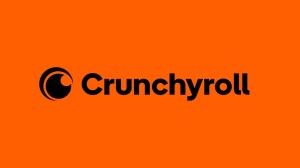As the James Webb Space Telescope begins to wrap up its first year in action, the space-bound observatory is now turning its attention to the TRAPPIST-1 system in hopes of finding out more about the peculiar group of planets. Located in the constellation Aquarius, all seven planets in the system either reside in or near the TRAPPIST-1 habitable zone, meaning scientists think the planets could have liquid water and, in turn, sustain life.
Videos by ComicBook.com
Furthermore, the TRAPPIST-1 system is located just 39 light-years away from Earth, making the system even more interesting to those in the everlasting quest to find extraterrestrial life.
Since data is continuing to pour in from Webb’s observations, scientists aren’t quite ready to reveal exact findings just yet. Still, researchers hope to paint a “family portrait” of the TRAPPIST-1 star and its seven planets within the next year.
“We know the TRAPPIST-1 planets are made of stuff just like Earth, so they might have Earth-like atmospheres,” Cornell scientist Nikole K. Lewis said in a recent interview with Space.com.
Lewis was part of a team that used the Hubble Space Telescope to observe the system in 2018, though they were unable to obtain any data in regards to the potential atmospheres the planets may have. “We didn’t see any signal of atmospheres, but we know that they don’t have big fluffy hydrogen and helium-rich atmospheres that you might expect,” Lewis added.
Fortunately for those involved, the Webb Space Telescope features cutting-edge technology that will allow scientists to look at the system like never before. “The TRAPPIST system has long been on the JWST plan, and because we’ve known about it for six years we were able to really make sure that we were observing it to the best of JWST’s abilities,” she continued.
For additional space and cosmic stories, check out our ComicBook Invasion hub here.









